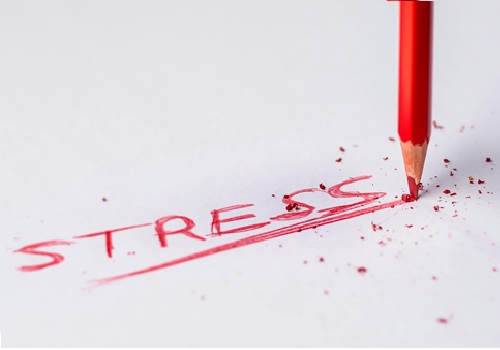Understanding the Growth Mindset
The concept of a growth mindset was popularized by psychologist Carol Dweck, who conducted groundbreaking research on the way people respond to challenges. She identified two main types of mindsets:
- Fixed Mindset: Believes that intelligence and abilities are static and unchangeable. People with a fixed mindset tend to avoid challenges, give up easily, and view effort as fruitless.
- Growth Mindset: Believes that intelligence and abilities can be developed through dedication, hard work, and learning. People with a growth mindset embrace challenges, see failure as a learning opportunity, and persist in the face of setbacks.
Having a growth mindset allows you to face obstacles with resilience and optimism, making you more likely to overcome challenges and achieve success. It is a mindset that encourages continuous learning and self-improvement.
Why a Growth Mindset is Important
A growth mindset is crucial for personal and professional growth. Here’s why:
- Resilience: People with a growth mindset are more resilient when facing adversity because they view obstacles as learning opportunities rather than threats.
- Continuous Improvement: With a growth mindset, you're more likely to seek feedback, improve your skills, and take on new challenges, which helps you develop over time.
- Increased Motivation: When you believe that you can improve with effort and practice, you're more motivated to work hard and stay committed to your goals.
- Better Problem-Solving: A growth mindset encourages creative thinking and problem-solving. You’re more likely to come up with innovative solutions to challenges.
How to Develop a Growth Mindset
Developing a growth mindset requires time, effort, and self-reflection. However, with consistent practice, you can train yourself to think differently about challenges and obstacles. Here are some practical steps to help you cultivate a growth mindset:
1. Embrace Challenges
One of the key characteristics of a growth mindset is a willingness to embrace challenges. Instead of avoiding tasks that seem difficult or uncomfortable, face them head-on and view them as opportunities to learn and grow.
- Start small by taking on tasks that push you out of your comfort zone.
- View challenges as opportunities to develop new skills and knowledge.
- Remember that the more challenges you take on, the stronger your abilities will become.
2. Change Your Self-Talk
What you say to yourself can influence your mindset. Negative self-talk, such as “I can’t do this” or “I’m not good enough,” reinforces a fixed mindset. Instead, practice positive self-talk that focuses on effort and growth, such as “I may not be good at this yet, but I can improve with practice.”
- Replace “I can’t” with “I can’t yet” to remind yourself that abilities are developed over time.
- Focus on the process, not just the outcome. Emphasize the effort and learning rather than the result.
- Encourage yourself with affirmations that promote growth, such as “I am capable of learning and improving.”
3. Learn from Failure
Failure is a natural part of the learning process, but people with a fixed mindset often fear failure and see it as a reflection of their abilities. In contrast, individuals with a growth mindset view failure as an opportunity to learn and improve. Reflect on your mistakes, identify lessons, and use them to fuel your growth.
- Ask yourself, “What can I learn from this experience?” after facing a setback.
- Embrace failure as part of the journey to mastery. Failure is not the end but a step toward success.
- Use failure as motivation to try new approaches and strategies in the future.
4. Focus on Effort, Not Talent
People with a growth mindset understand that effort is the key to success. They don’t believe that success comes purely from natural talent; instead, they know that hard work, practice, and perseverance lead to improvement over time.
- Celebrate your effort and hard work, rather than just focusing on your achievements.
- Focus on consistency. Regular practice and continuous improvement are what lead to long-term success.
- Recognize that effort leads to mastery, and that learning is a lifelong process.
5. Seek Feedback and Use It Constructively
Feedback is an invaluable tool for growth. People with a growth mindset actively seek feedback and use it to improve. Constructive feedback helps you identify areas for improvement and gives you the direction to grow further.
- Actively ask for feedback from others, whether it's from a mentor, colleague, or friend.
- Take feedback as an opportunity to learn, rather than taking it personally.
- Use feedback to set new goals and refine your strategies for success.
Conclusion: Embrace the Journey of Growth
Developing a growth mindset is not something that happens overnight, but with dedication and practice, it can become a natural part of your approach to life and work. By embracing challenges, focusing on effort, learning from failure, and seeking continuous improvement, you’ll develop resilience and unlock your true potential. A growth mindset empowers you to face obstacles with confidence and perseverance, turning challenges into stepping stones on your journey toward success.
Start cultivating a growth mindset today and see how it transforms the way you approach every aspect of your life!








